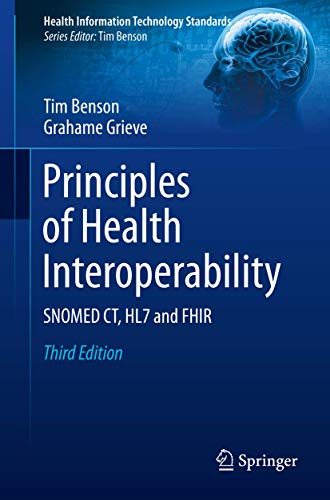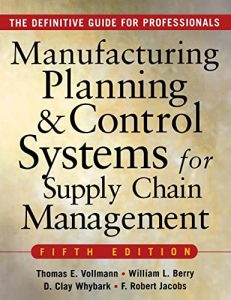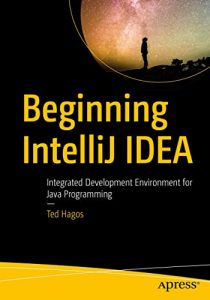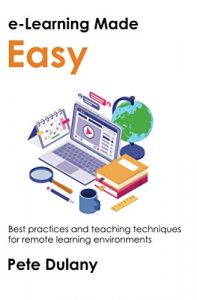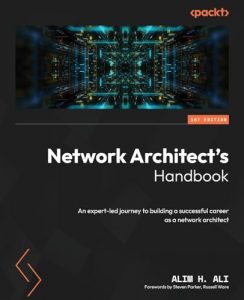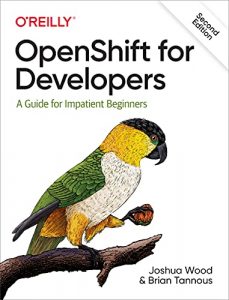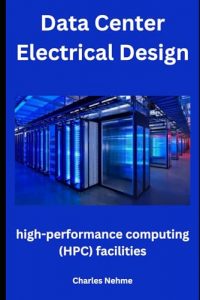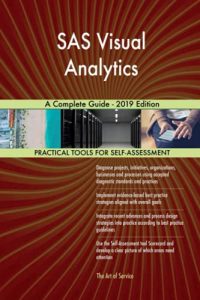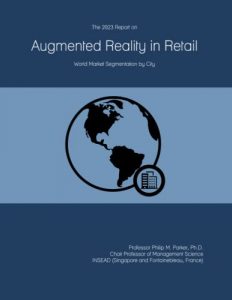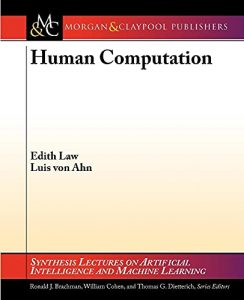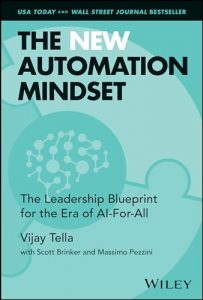Understanding Interoperability Standards
In an increasingly interconnected world, interoperability standards act as vital bridges across diverse systems, ensuring that different platforms can communicate effectively. These standards are pivotal not just in healthcare, where data sharing can greatly affect patient outcomes, but also across technology and infrastructure sectors. With the rising prominence of digital solutions, embracing interoperability principles has never been more crucial for businesses and professionals alike.
This post compiles a selection of books that delve into the nuances of interoperability standards, showcasing critical concepts, comprehensive studies, and practical insights. Whether you’re a healthcare professional, an IT expert, or simply curious about the mechanisms that enable diverse systems to work together, these resources will greatly enhance your understanding of this essential field.
Book Reviews
Principles of Health Interoperability: SNOMED CT, HL7 and FHIR
This definitive guide offers deep insights into the fundamental frameworks of health interoperability, making it essential reading for practitioners and policy makers in the healthcare sector. With lucid explanations of SNOMED CT, HL7, and FHIR, the book exemplifies how to navigate complex data exchange standards. The author’s thorough approach empowers readers to grasp key interoperability concepts while exploring real-world applications that promote seamless healthcare delivery. Investing in this book equips healthcare professionals with the tools to influence system-wide improvements in patient care.
Healthcare Interoperability Standards Compliance Handbook: Conformance and Testing of Healthcare Data Exchange Standards
This comprehensive handbook serves as an invaluable resource for understanding the conformance and testing requirements crucial for ensuring interoperability in healthcare data exchanges. It provides actionable insights designed to help organizations meet regulations and standards while streamlining operational efficiencies. Readers will benefit significantly from the rigorous methodologies and automated tools presented in this guide, making it a worthy investment for professionals aiming to enhance their compliance landscape.
Principles of Health Interoperability: FHIR, HL7 and SNOMED CT
A continuation of the major principles explored in the previous book, this edition focuses on the advancements and implementations of FHIR along with foundational HL7 and SNOMED CT standards. Its clear layout and accessible language make it appropriate for both novices and seasoned professionals who wish to stay informed on contemporary interoperability paradigms. By understanding these principles, readers can help drive the transformative potential of healthcare technology, making it a must-have for anyone involved in health informatics.
Interoperability and Standards Standard Requirements
This book provides critical insights into the required standards that underlie successful interoperability practices across various domains. With practical case studies and detailed explanations, the book examines what constitutes effective interoperable solutions in different sectors. If you’re looking for a resource that blends theoretical perspectives with practical implementation, this work will be indispensable.
Interoperability: An Introduction to IFC and buildingSMART Standards, Integrating Infrastructure Modeling
This introduction to IFC (Industry Foundation Classes) and buildingSMART standards addresses interoperability in construction and infrastructure. It illustrates how these standards can facilitate the seamless exchange of information, which is key to enhancing project efficiency. By integrating modeling standards, professionals can foster collaboration while minimizing errors. This book is essential for architects, engineers, and developers seeking to navigate the complexities of interoperability in the built environment.
Principles of Health Interoperability HL7 and SNOMED
This essential title provides foundational insights necessary for anyone keen on understanding HL7 and SNOMED standards in healthcare administration. It bridges the gap between theory and practice, presenting information in a structured and easy-to-follow manner. Ideal for students or seasoned healthcare providers, this book promotes a deeper comprehension of interoperability principles pivotal for effective healthcare communication.
Essential Interoperability Standards
This text goes beyond healthcare, presenting an overview of interoperability standards that influence a myriad of sectors. It captures the basics of essential standards while discussing the implications they have across different fields such as IT, finance, and more. As an overview, this book is perfect for industry professionals who need a broad understanding of interoperability without delving into excessive technical detail.
Standards and Interoperability Second Edition
In its second edition, this book updates crucial information on interoperability standards that are essential for professionals to understand. It offers expansive insights into what standards are currently in place, how they evolve, and what future developments might entail. The clarity of explanation and relevance of examples make it a compelling read for anyone interested in the operational side of standards and interoperability.
Opening Standards: The Global Politics of Interoperability
Focusing on the socio-economic aspects of interoperability, this book discusses how global politics shape the standards that facilitate information exchange. For those interested in the intersection of policy, technology, and interoperability, this book presents essential discussions and case studies. It’s vital for understanding the broader implications of interoperability on international relations and policy-making.
NIST Framework and Roadmap for Smart Grid Interoperability Standards
Providing a focused look at smart grid technologies, this book outlines interoperability standards essential for modern grid operations. It offers readers the tools and understanding needed to navigate current trends in energy and smart grid integrations. Overall, this comprehensive resource is crucial for engineers, policy makers, and utility companies striving for effective smart grid interoperability.

